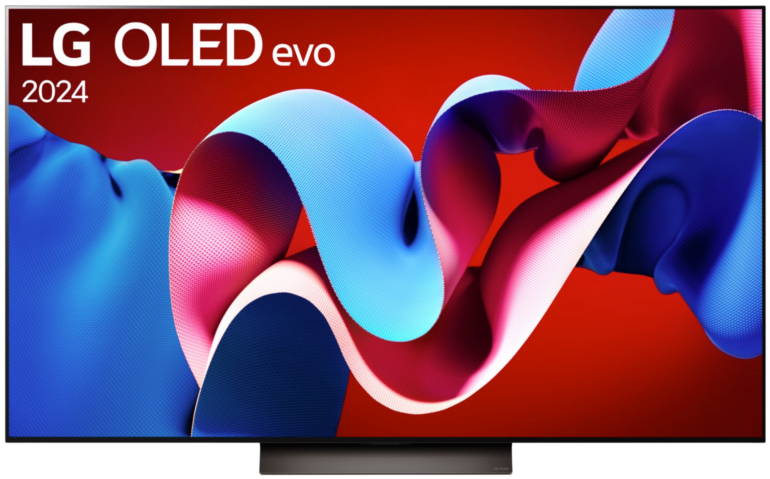LG C1 vs Samsung QN90A TV comparison 2021/12


Hey! If you buy through our links, you support our project. It won't cost you a cent more! Many thanks in advance! ♥️
LG C1 and Samsung QN90A compared – Which TV is better?
Detailed comparison: LG C1 or Samsung QN90A
QLED outshines OLED?
Both TVs are well equipped against reflections and glare. However, the point definitely goes to the Samsung Neo QLED QN90A because its brightness is higher on the one hand, but also because it has an additional layer against reflections in front of the panel.
The difference is also noticeable in a direct comparison, but when you consider that only about ten times the brightness appears twice as bright, you can see that the difference is not as big as it first appears.

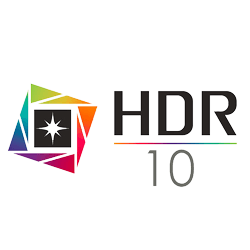

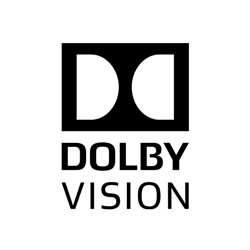




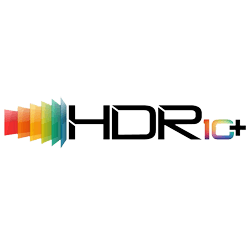
Despite additional layer behind
Besides an additional layer against reflections, the Samsung TV also has a “Wide Viewing Angle Layer“, which is supposed to widen the viewing angle at which the colors are not washed out. But still, the viewing angle is narrower than the OLED competitor. This is due to the basic panel technology. The LG OLED C1 already has an extremely wide viewing angle natively, while the QN90A with its VAVertical Alignment, type of LCD Panel panel only has a very narrow viewing angle natively. This decision was made to benefit from the contrast ratio of the VA panel, but even an additional layer cannot provide as good a picture quality when viewed at an angle as the C1.



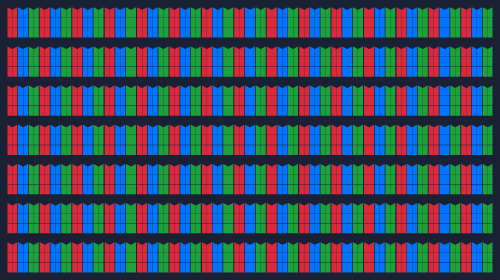


Unbeatable contrast
Since SDRStandard Dynamic Range – image/video with a conventional gamma curve (opposite: HDR) – “normal” videos content is not about stand-out highlights and not about HDRHigh Dynamic Range – image/video with more dynamic range (contrast range) performance, brightness is not the first priority. The contrast ratio plays a bigger role here.
Even though the Samsung Neo QLED has a remarkable contrast ratio of 26000:1, it still cannot hold a candle to the LG OLED C1. Thus, the latter also scores better in the SDR picture comparison.



Kontrast gegen Helligkeit
Both TVs can provide an excellent HDRHigh Dynamic Range – image/video with more dynamic range (contrast range) experience, which leaves little to no wish unfulfilled. Here, the OLED can once again gain an edge due to the unbeatable contrast ratio, even though the Samsung QN90A comes very close. Highlights stand out clearly due to the higher peak brightness, and the above-average contrast for an LCDLCD = Liquid Crystal Display – a type of screen using liquid crystals for creating the image TV paired with the extremely wide color gamut guarantee a breathtaking movie night.
However, both are suitable for a different situation here: The LG OLED C1 is suitable for dark rooms or for watching in the evening, and the Samsung Neo QLED QN90A is perfect for rooms flooded with light.










Cinematic performance
Watching movies and series is a real pleasure on both TVs. There really shouldn’t be any major drawbacks here.
Both TVs can be expanded excellently with a soundbar, since Dolby AtmosObject-based surround sound format with 3D-Sound from any direction and HDMI eARC are available.


Only Dolby Vision Gaming is missing
Both TVs are also extremely suitable for gaming and the differences are hidden in the details. LG is known to be the gaming TV brand and the LG OLED C1 is also an OLED that is perfectly suited for gaming. 120Hz, a low response time, 4 HDMI 2.1 interfaces, VRRVariable Refresh Rate – synchronizes the display’s refresh rate with the output refresh rate of the graphics card and ALLMAuto Low Latency Mode – Automatically detects connected consoles and keeps input lag as low as possible.. The list of gaming features seems endless. However, the Samsung QN90A is not behind. It also has all these gaming features, only Dolby VisionDynamic HDR-format with a color depth of up to 12 Bits and Mastering of up to 10,000 Nits Gaming is unfortunately missing.






Faster response time
Even with a large group, the next sporting event can be watched since both have a wide viewing angle, but which one is generally better? Well, here again it depends on the environment: If watching in the evening, the picture looks better on the C1 and the brighter it is, the QN90A can benefit. The Samsung TV only has a disadvantage in terms of response time, which is also so low that it does not cause stuttering.
webOS 6.0 vs Tizen 6.0
No matter which TV you choose, you get a new TV that offers all-around smart operation, but also an all-around smart operating system. However, this is also the biggest difference, because the C1 has webOS 6.0 and the Samsung QN90A has Tizen 6.0. It only depends on your own preference, which one you like better, because both offer everything that is expected from today’s smart TVs.


integriert

integriert


kompatibel

integriert
Our conclusion:High contrast vs proper brightness
The LG OLED C1 is probably the best-selling OLED of 2021 for a reason. It benefits from the OLED panel, which is simply the best panel technology at the moment in our opinion. The contrast, but also the gaming features of the LG OLED C1 could convince us more than the Samsung QN90A despite lower brightness.
This should definitely not deter anyone from buying the Samsung QN90A, as it too represents a fantastic TV that will definitely find uses where it performs better. One example would be use in rooms with a lot of light. However, we would generally lean towards the LG OLED C1.
- Perfect Blacks
- Contrast Ratio: ∞:1
- Motion Handling
- Viewing Angle
- HDMI 2.1 (4K@120Hz)
- HDMI VRR & G-Sync Compatible VRR
- Dolby Vision
- Dolby Atmos
- Alpha 9 Gen 4 AI Processor
- Automatic Brightness Limiter (ABL)

